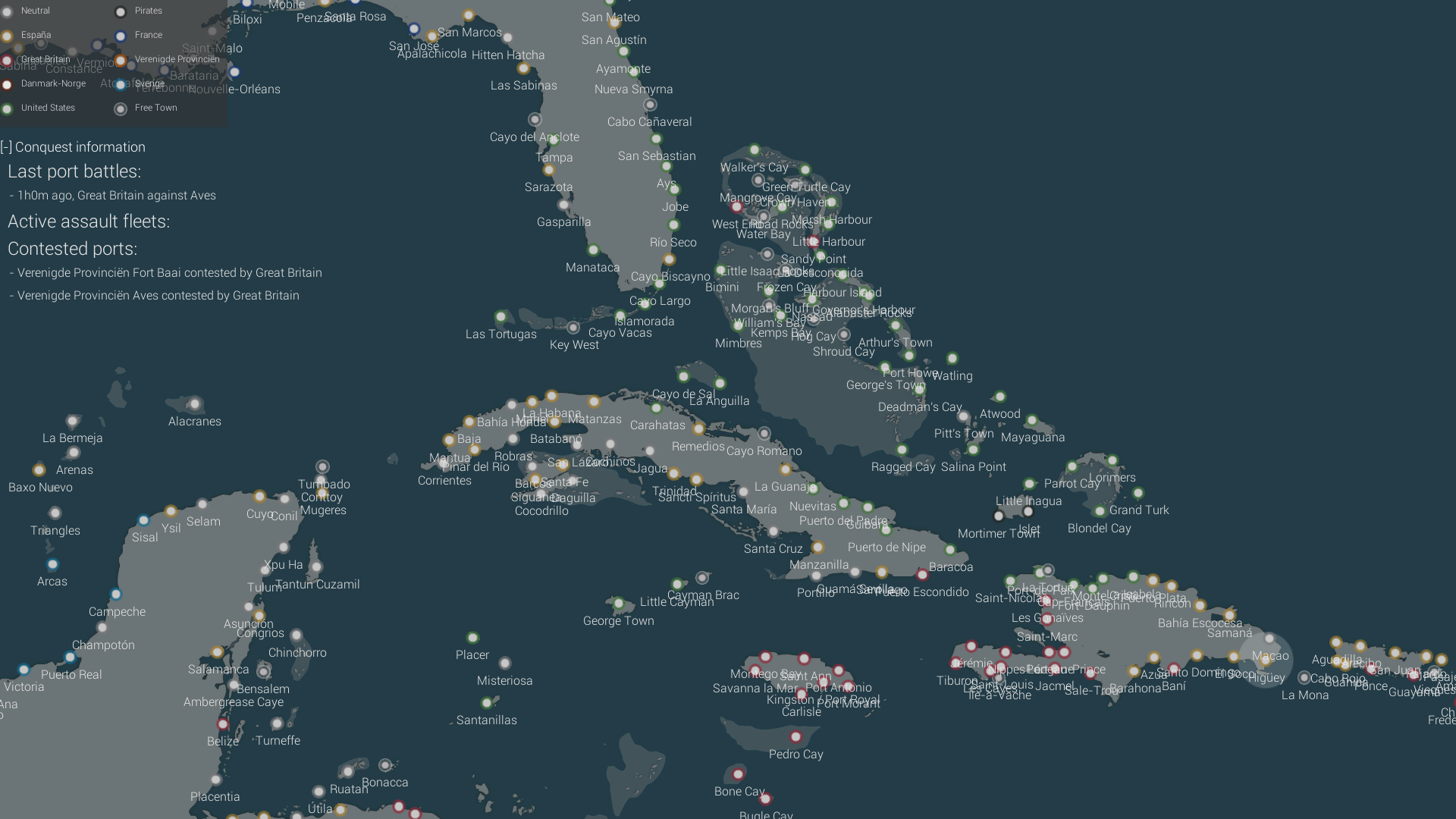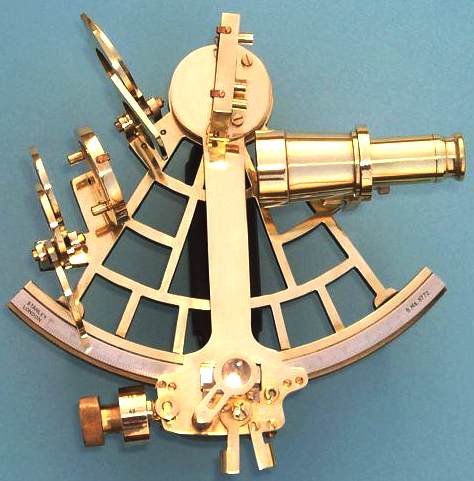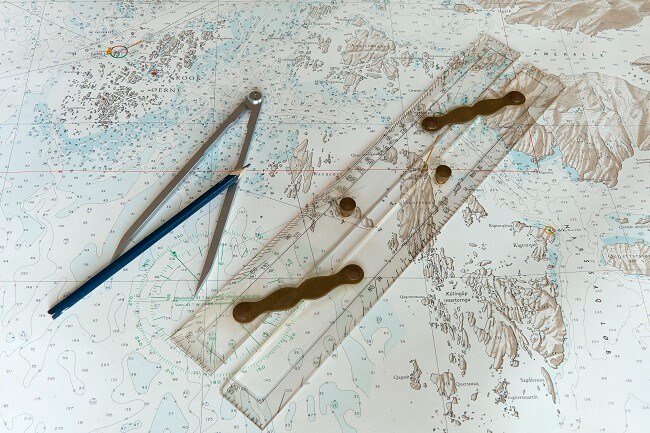
But, to be more precise, ships often used a chip log. Estimating speed can be as simple as noticing the time it takes bubbles to pass along the length of the boat. Image courtesy of Rémi Kaupp, Wikimedia Commonsĭead reckoning is used to calculate distance traveled by estimating a ship’s speed over time. Compasses do not work well close to permanent magnets or in areas with a lot of iron. A magnet has its’ own magnetic field, which can interfere with a compass reading. An example of a permanent magnet is a refrigerator magnet. To magnetize an iron or nickel pointer, it must be repeatedly rubbed on a lodestone, a naturally magnetized rock called magnetite, to impart a permanent magnetic field.Īn object with a permanent magnetic field is called a permanent magnet. The point that pivots to the north is often painted red. They have a magnetized pointer that is held in the middle of the compass with a pin that allows the pointer to spin freely and align itself with the earth’s magnetic field. Simple compasses are sealed round containers.

SCUBA divers, for example, use compasses because GPS units do not work underwater. Although Global Positioning System (GPS) units have mostly replaced compasses, compasses are still used by many professionals. Image courtesy of Shyamal, Wikimedia CommonsĪ magnetic compass is an indispensable navigational tool for determining direction of travel (Fig. A magnetic compass is a navigational tool that points towards the earth’s magnetic poles. Perhaps the best-known navigational tool is the compass. Voyagers have used a variety of instruments and techniques to safely navigate the oceans. With this navigational ability, Vikings could venture farther from land, exploring the open ocean, confident in their ability to return home. This information would allow Vikings to gauge latitude. The angle of the shadow cast by the sun would help the navigator establish a heading depending upon the time of day. There is archeological evidence that Vikings used sun compasses (similar to sun dials, see Fig. The high latitude also meant that the nights were very short in the summer, making it difficult to rely on the stars for navigation.

Because they were so far north, Vikings tended to do most of their exploring and voyaging during summer months when the weather was good and the sun was out for longer periods of time. Before the Vikings, Europe was navigated mostly along, and within sight of, the coast.

Another group of wayfinders noted for their early exploration and seafaring fortitude were the Vikings.


 0 kommentar(er)
0 kommentar(er)
